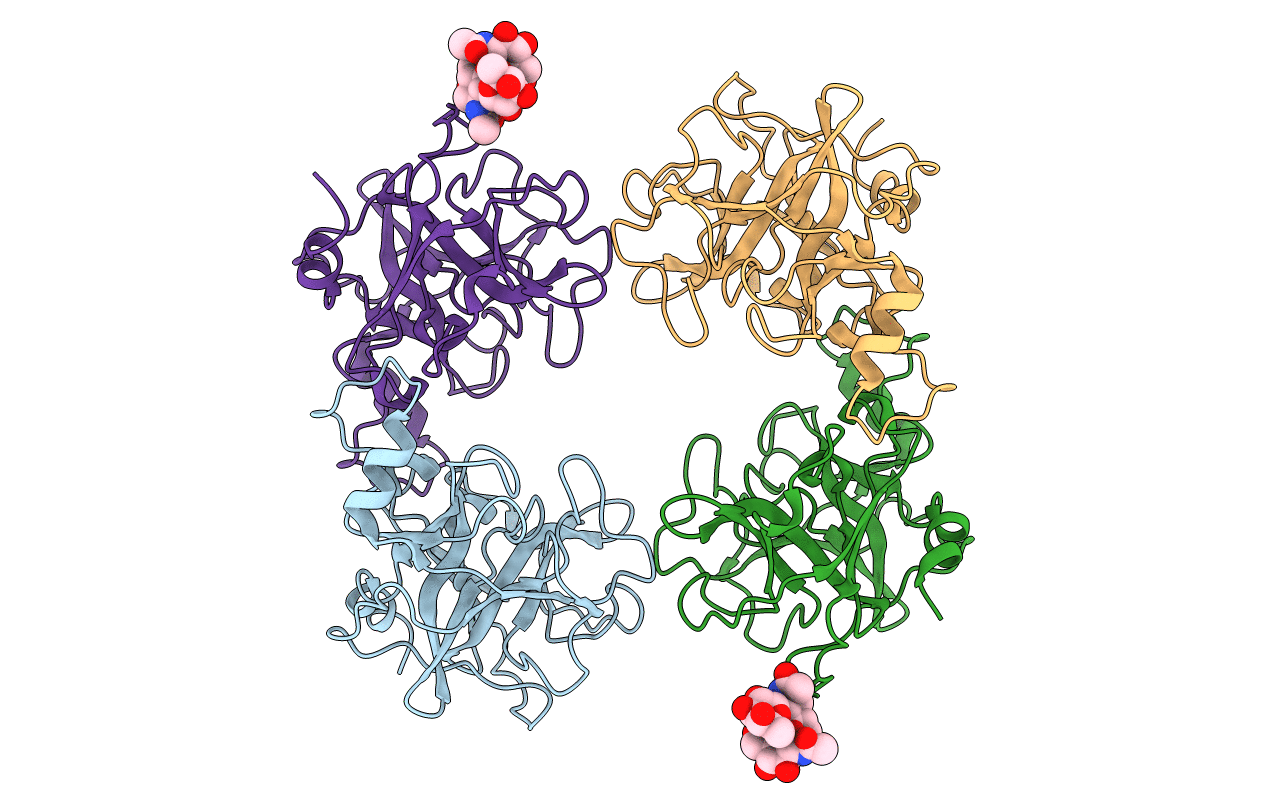
Deposition Date
2005-12-06
Release Date
2006-01-31
Last Version Date
2024-11-20
Entry Detail
PDB ID:
2F9O
Keywords:
Title:
Crystal Structure of the Recombinant Human Alpha I Tryptase Mutant D216G
Biological Source:
Source Organism:
Homo sapiens (Taxon ID: 9606)
Host Organism:
Method Details:
Experimental Method:
Resolution:
2.10 Å
R-Value Free:
0.24
R-Value Work:
0.21
R-Value Observed:
0.21
Space Group:
P 21 21 21


